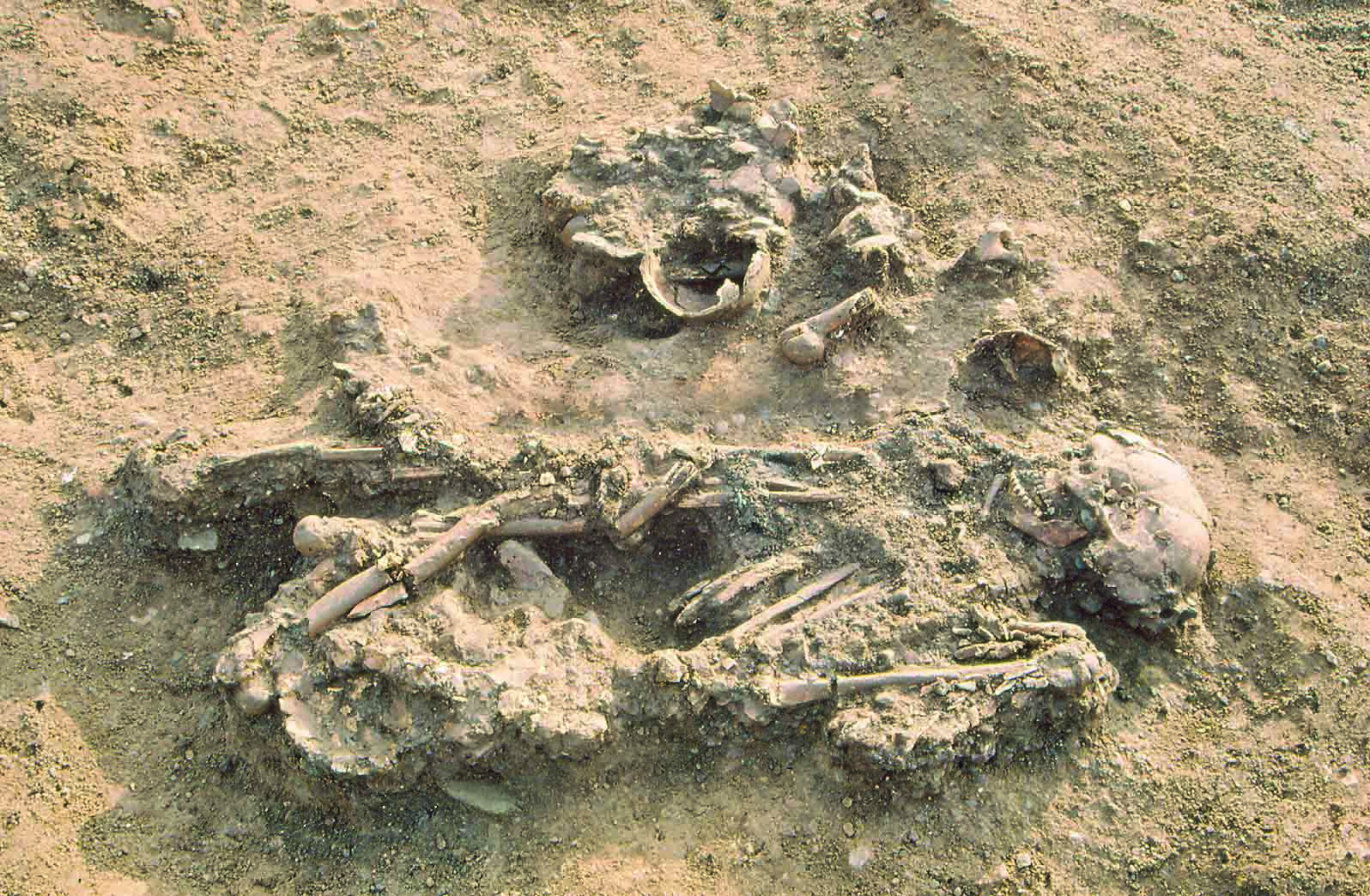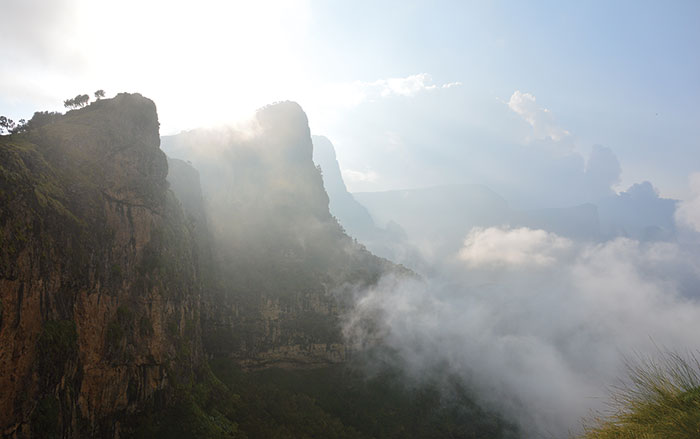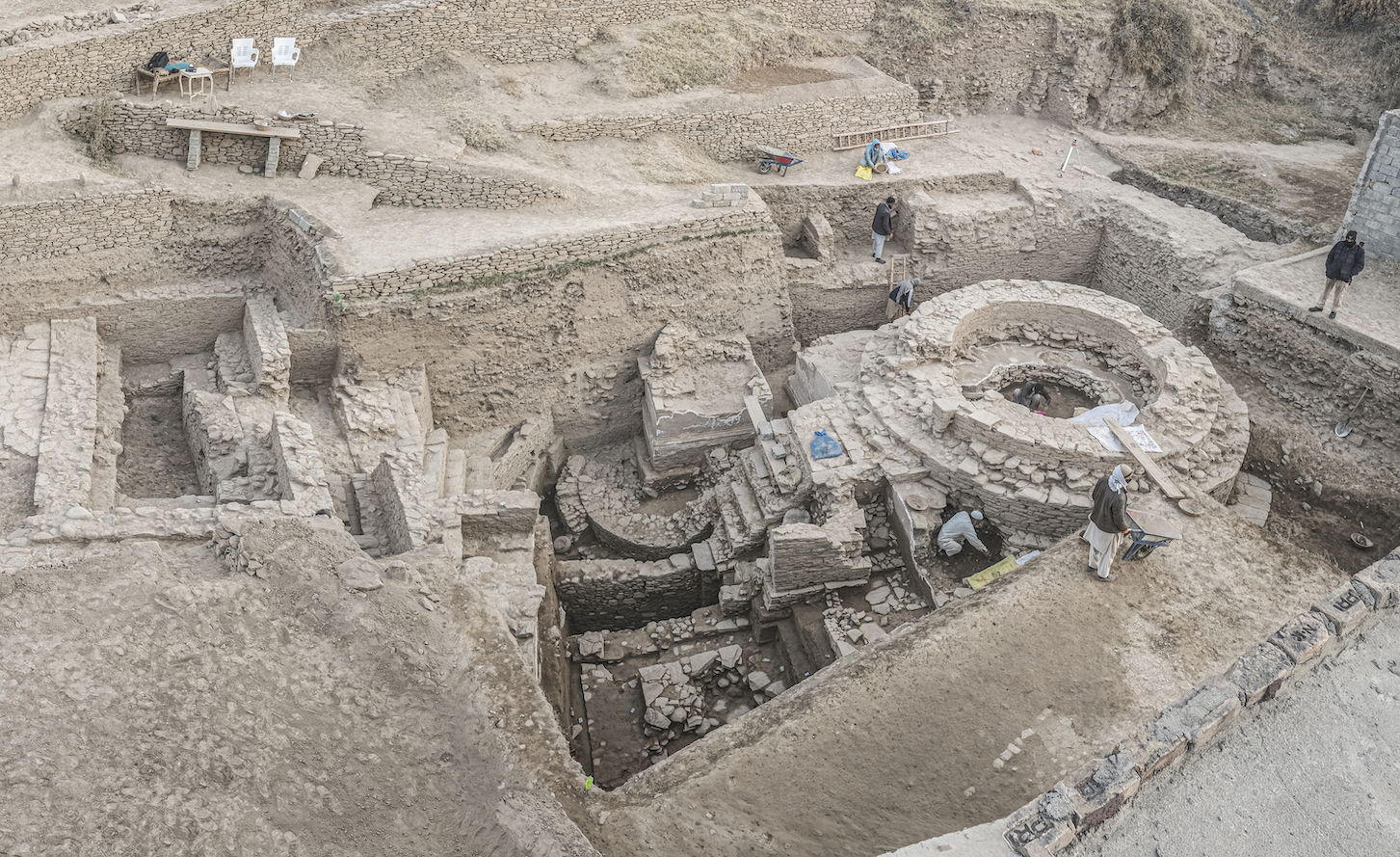WARSAW, POLAND—A 7,000-year-old set of sharp, gutter-shaped bone tools has been uncovered in northern Sudan’s Letti Basin by researchers from the Polish Academy of Sciences, according to a Science in Poland report. The implements were recovered from a grave that held the remains of an elderly man covered with fragments of animal skin colored with red ocher. A small bowl in the grave also held traces of ocher and five bone blades of varying sizes. “Given the characteristic shape of the blades, they could have been used to bleed cows, similar to modern African shepherds, such as the Maasai. Without any harm to the animals, cows’ blood is drunk on special occasions, usually mixed with milk. It would be the oldest known record of this type of practice,” explained research team leader Piotr Osypiński. A second grave in the cemetery, he added, held the remains of a young man who had been buried on his right side in a flexed position with a stone palette for rubbing ocher and two similarly shaped bone blades. He had also been covered with an animal skin soaked in red ocher. Clusters of cattle bones have also been found in the cemetery. To read about the Nubian necropolis of Sedeinga, go to "Miniature Pyramids of Sudan."
Bone Tools Recovered From 7,000-Year-Old Burials in Sudan
News March 28, 2023
SHARE:
Recommended Articles
Digs & Discoveries November/December 2020
Bronze Age Keepsakes

(Courtesy of Tees Archaeology)
Digs & Discoveries May/June 2020
If These Walls Could Talk

(Ruben Willaert bvba)
Artifacts July/August 2017
Bone Rosary Bead

(Courtesy Border Archaeology)
Off the Grid September/October 2025
Necropolis of Pantalica, Italy

Photo by Ilana Herzig
-
Features January/February 2023
Jungle Realm of the Snake Queens
How women ascended the ranks in the highstakes world of Maya politics
 (Adobe Stock)
(Adobe Stock) -
Letter from Ethiopia January/February 2023
Exploring a Forgotten Jewish Land
Using oral history, texts, and survey, archaeologists search for traces of a once-vibrant religious community
 (Courtesy JewsEast Research Project)
(Courtesy JewsEast Research Project) -
Artifacts January/February 2023
Byzantine Solidus Coins
 (Dafna Gazit/Courtesy Israel Antiquities Authority)
(Dafna Gazit/Courtesy Israel Antiquities Authority) -
Digs & Discoveries January/February 2023
An Undersea Battlefield



